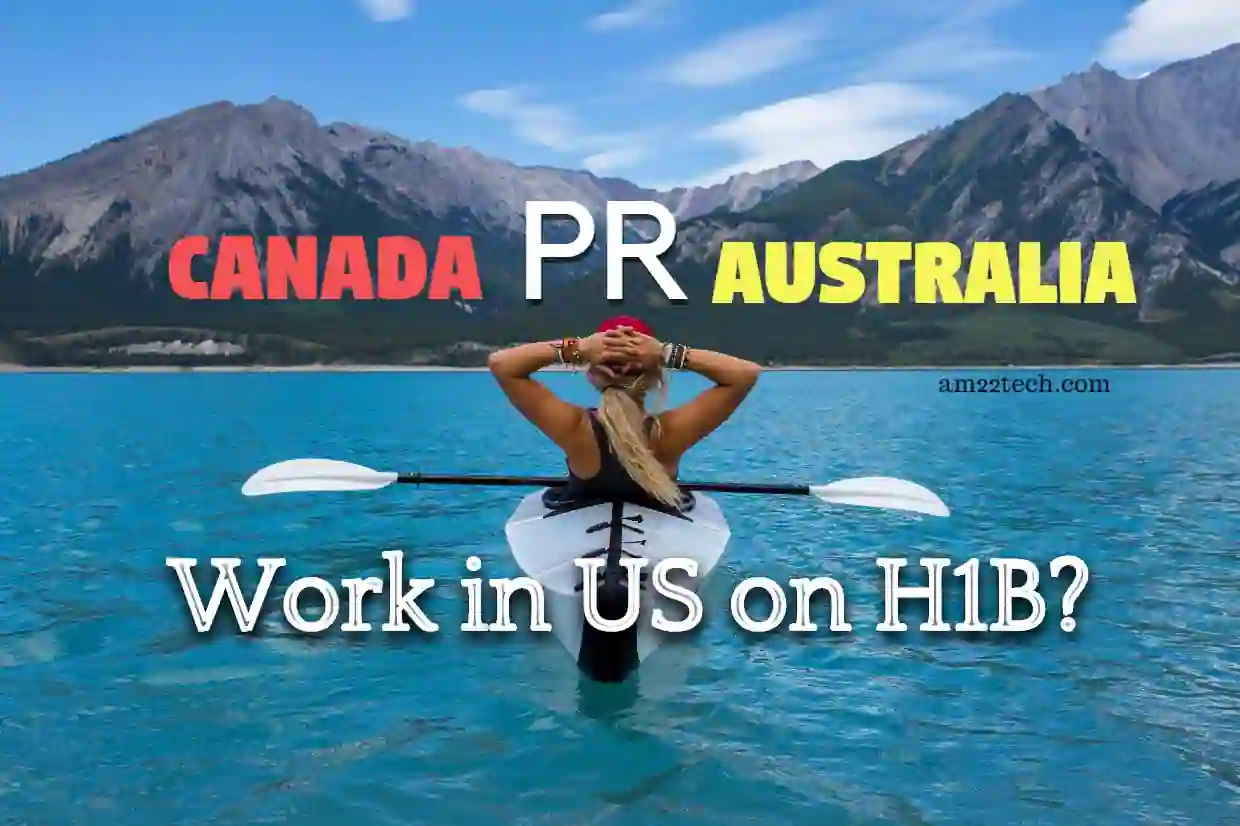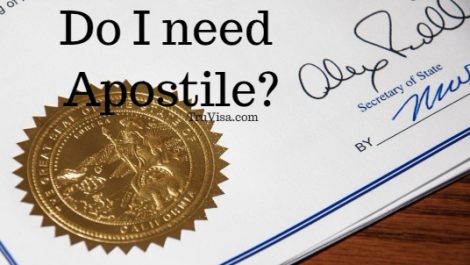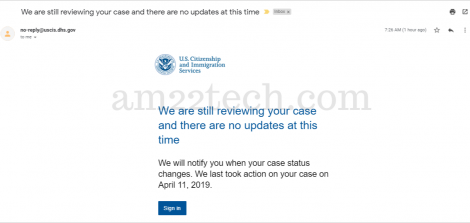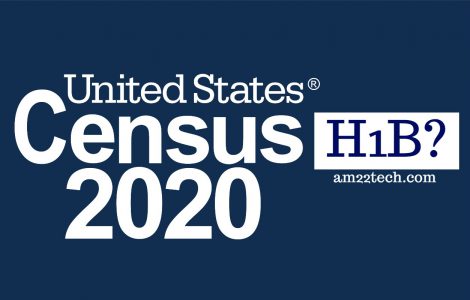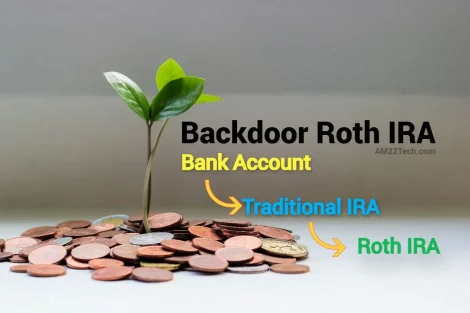|
Listen to this article
|
Many people are filing either Australia or Canada PR to create a backup in case the US green card country-based limits are not removed. Most of these applicants are born in India and China.
They are stuck in extremely long employment-based backlogs due to the 7% limit on each country in US immigration law.
You can work from Canada using your PR and there is no H1B visa required.
H1B visa requires your physical presence on US soil to get into H-1B status.
This article will discuss:
H1B Stays Active?
If you are working in the US on an H1B visa, your US work authorization is not affected by your PR for any other country like Australia or Canada.
Once you are outside the USA, you are not actually using an H1-B visa at all as US immigration law does not apply to you.
If your US employer is ready to pay you a salary in Canada, while you work remotely, you can do it perfectly legally as per Canadian laws. You do not need an H1-B visa for this situation.
How to Keep H1B Active?
If you still want to hold on to your H1B job as your US employer does not have any Canadian or Australian operations, you will need to come back to the US.
Risks
AI Passport & Visa Photos in Minutes!
No studio, no waiting. Get perfectly compliant photos from your phone.
✨ Get My Photo Now See how our AI transforms your phone photo into an embassy-ready passport picture!
See how our AI transforms your phone photo into an embassy-ready passport picture!- You can work remotely from Canada or Australia for some amount of time but if you cross 180 days, the tax residency laws will come into play.
- Your H1B extension might be denied if you keep working remotely from outside the US.
- USCIS conducts site visits routinely and you may be in trouble if they do not find you working in the US at the location specified in your H1B petition.
i140 Approved, Migrate, Return in Future
Once your i140 has been approved in the US, you can safely migrate to Canada or Australia. You can even leave your US H1-B or L visa job.
If you want to return to the US in the future when your Green card priority date gets current, you can return to file an i485 adjustment of status application as long as you can find an employer to sponsor you in the US.
You have two options:
- Join the same employer who holds your current i140 Or
- Find a new sponsor and file a new PERM followed by i140 and i485 concurrently.
You can also file an H1B transfer anytime in the future with your approved i140 even if you are started living in Canada or Australia.
Return to the US on L1A Visa?
If you are currently working in the US using an H-1B or L1 blanket, then you might get eligible for an L1A visa if you can work in Australia or Canada for at least 365 days as a manager.
Australia, Canada PR Validity
Both Australia and Canada offer 5-year PR based on your skills. Their merit-based system favors highly skilled educated people and offers extra points for English language proficiency.
Once you get the PR, you get multiple entries and exit rights. You can also work in any job profile irrespective of what skill you used to get PR in the first place.
This is similar to the US green card.
PR Validate, Return to the US
I know many people who have got both Australian and Canadian PR but have still opted to hold on to their H1-B job in the USA.
They have just visited the PR country for initial validation and returned to the US.
Both Australia and Canada give you an initial entry date, which is printed on your PR. You have to enter the country at least once to activate the PR.
Once granted, it is considered valid for the next 5 years. You can migrate anytime in those 5 years.
Renew PR after 5 Years
Both Australia and Canada have residency conditions placed on their PR to motivate people to settle down in the country.
The PR renewal or extension is nothing but a ‘resident return visa‘ (RRV) that you should apply for if you want to enter Australia or Canada after the 5 year PR term ends.
Professional Visa Filing Service
Your trusted partner for a smooth application process.
Expert Support & Preparation
Get hassle-free visa extension and EAD filing professional support. Includes preparation, printing, photo editing, mailing and RFE preparation.
Fast & Efficient Service
Applications filed within 1-2 days with all documents ready. Emergency filing is also available to meet urgent deadlines.
Passport Photo Assistance
We professionally edit your photos to meet all US visa requirements, including background removal and proper alignment. Photo printing is included.
Resident Return Visa Conditions
- Spend two or more years in Australia in the last five years.
- Spend two or more years in Canada in the last five years.
If you have spent less than two years, then you have to explain why immigration should issue you RRV since you have not made Australia or Canada your usual place of residence.
If your RRV is not approved and you are outside Australia or Canada, and your PR visa is also expired, then your PR status is gone as well.
Citizenship Criteria
You will have to live and work in Australia for at least 4 years before you can apply for citizenship.
Similarly, Canada wants you to stay there for at least 3 years in the last 5 years before you can apply for a passport.
Use TN, E3 Visa to Work in the USA
If you have migrated to either country, you can come back to work in the US using either E3 or TN visa if you do not want to use H1B.
- The US has a special work visa for Canadians and is known as a TN visa.
- Similarly, Australian passport holders can come to the US on E3 visas to work.
Note that TN and E3 visa does not allow ‘dual intent’ meaning that you should not aim to file a US green card application.
On the other hand, the H1B visa allows dual intent.
Hence, even if you migrate and want to return to the US later, you should use your H1B visa to come back to the US.
